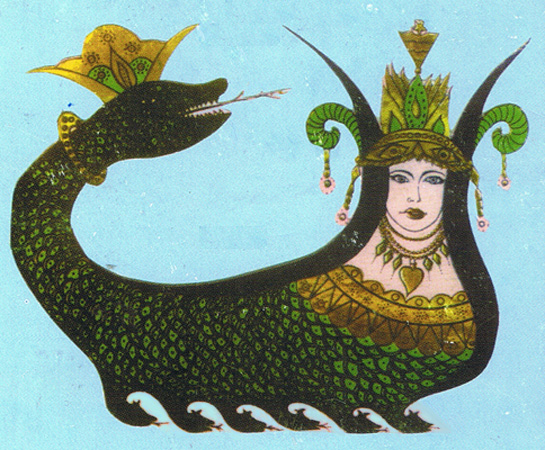
SHAHMARAN
- A Kurdish Folk Tale

- Kurdisk folksaga på svenska i ljud format, läses av Sofi Tolstoy Regen
|
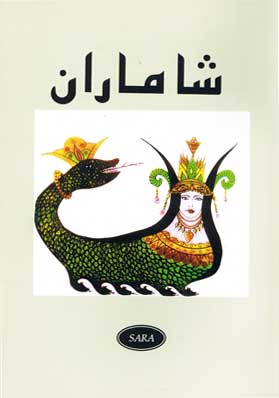 |
Kurmancî (1993)
|
Silêmanî "soranî'' (1995) |
Collected & Published by Goran Candan
The Kurdish Mythology Shamaran Shamaran is known as the queen of the serpents. A Shamaran is often depicted as wise and beningn women with the features of a woman above the waist and those of a serpent below the waist. She is held to be queen of the snakes. When a Shamaran dies, her spirit is passed on to her daughter. The legend is that she was in love with a traveler man named Tasmasp. Tasmasp adored her and her stories. When she had no stories to tell he wnet back to his country to visit his family, and Shamaran accepted his choise. When Tasmasp returned home, he discovered his king had become very ill. One of the kings helpers told him that the only way to get better was to drink Shamaran's blood. The kings soldiers took took people one by one into public baths (hamam) to see if to see if there are dots in their bodies. Because those who have been in the Shamaran kingdom and returned back usually have black dots on their bodies. When Tasmasp went to hamam, he was forced to tell where Shamaran was hiding. When they found her, she said: "Give the first glass of my blood to the king, the second to the big visir and the third to Tasmasp. The king died on the spot when he had drunk the first glass. The Grand Visir became a wise man who could lead the country with justice. And Tasmasp got rid of the dots on his body. In fact, the Shmaran was not dead. Just before she was brought up in the king's palace, she had given birth to a daughter, as was customary with every Shamaran. Within three days she would become her mother and would lead the kingdom of snakes".
|
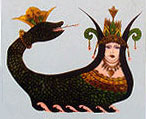
ŞAHMERAN HEMÛ PIRTÛK Bi Kurdî (Kurmancî /PDF)
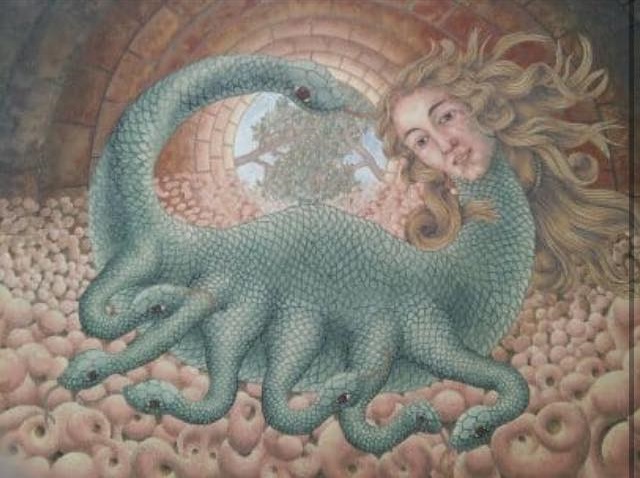 Kürdistan'da Kars'ta bulunan taş üzerine işlenmiş kabartma kadın başlı yılan Şahmeran'ı temsil etmektedir. |
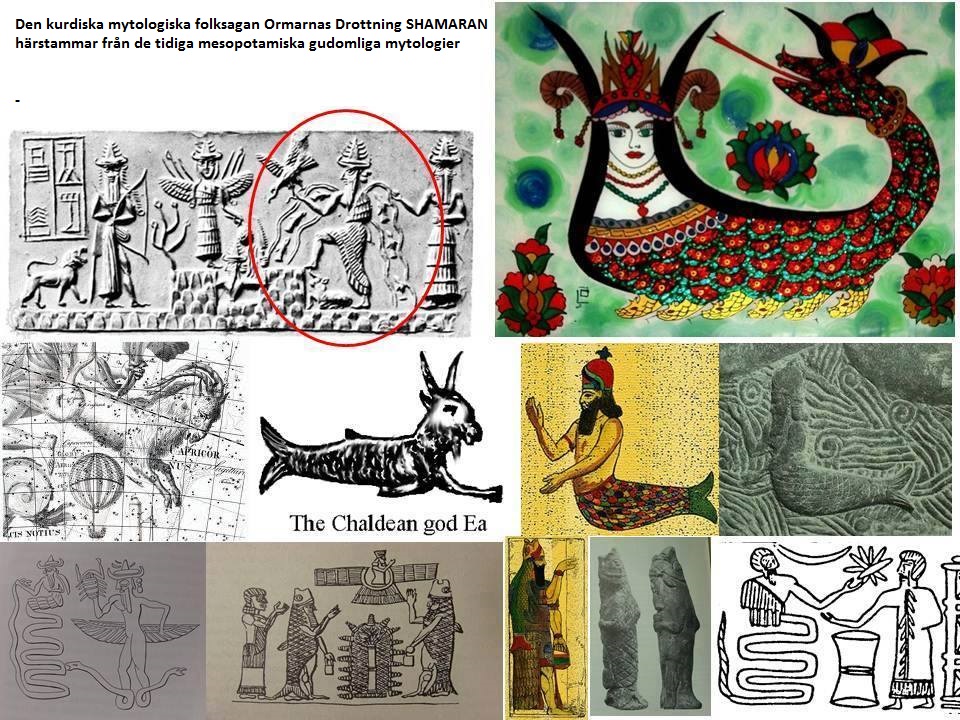
Shamaran
är en kurdisk mytologisk folksaga. Hon är till hälften orm till
hälften kvinna. Ormar tycks vara otäcka varelser, men Shamaran är
det motsatta. Hon vill ha fred. Shamaran - är en symbol för naturen
hos det kurdiska folket.
Shamaran is a Kurdish mytological folktale. She has body of a woman and a snake. Snakes are considered to be nasty creatures, but Shamaran is the opposite. She wants peace.
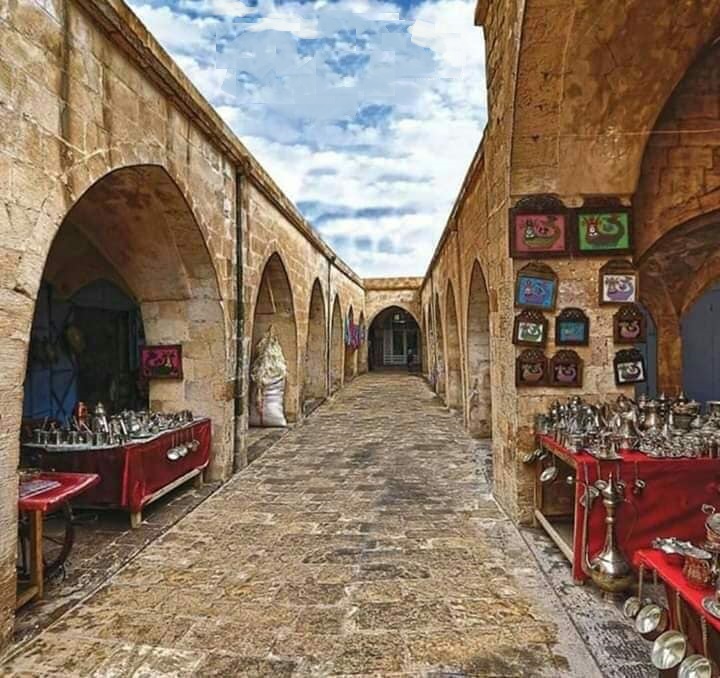
Bazara Kevin a Mêrdînê - Şahmeran motîflerî bütün Kürdistan şehirlerinde herzaman göze çarpan ortak bir motiftir
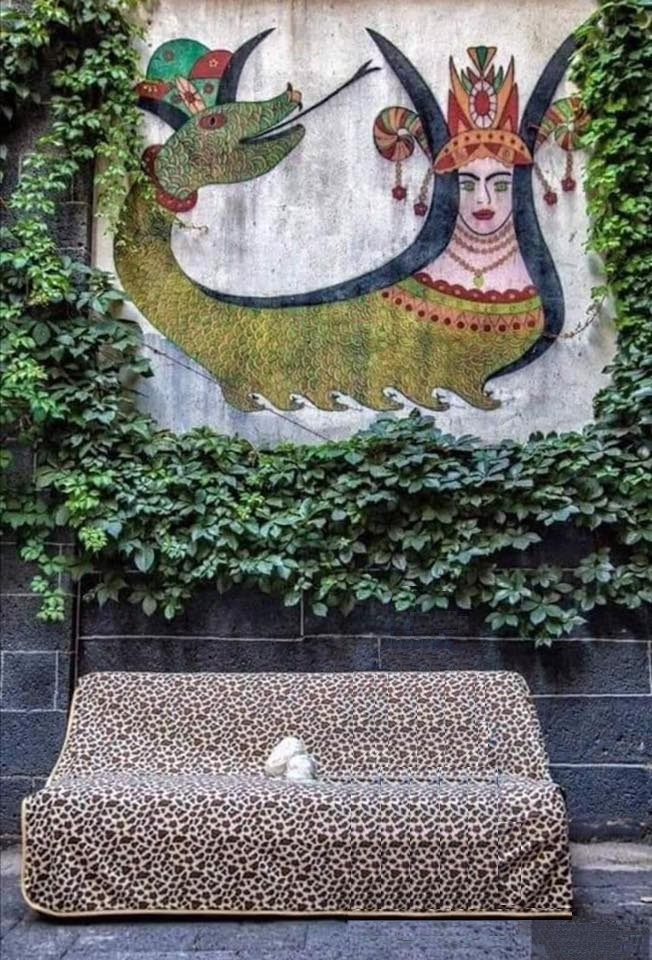
Li maleke Diyarbekrê
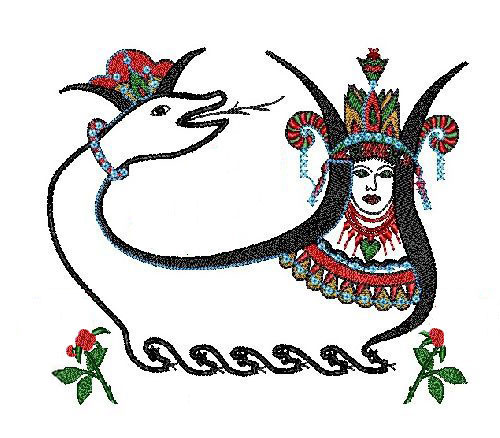
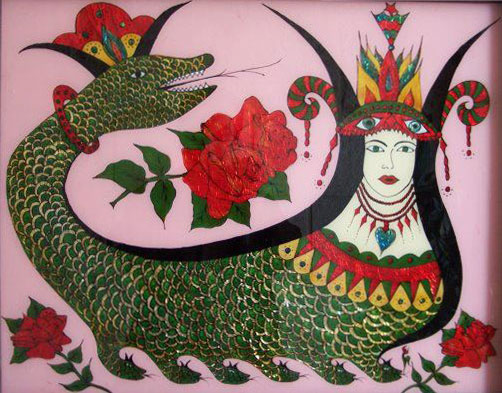 |
|
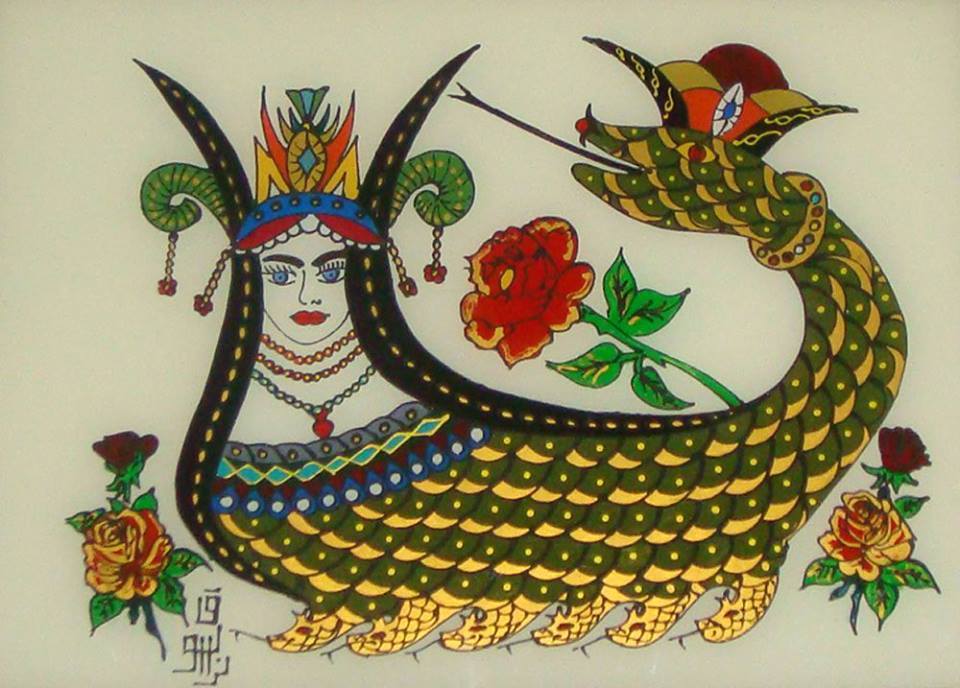 |
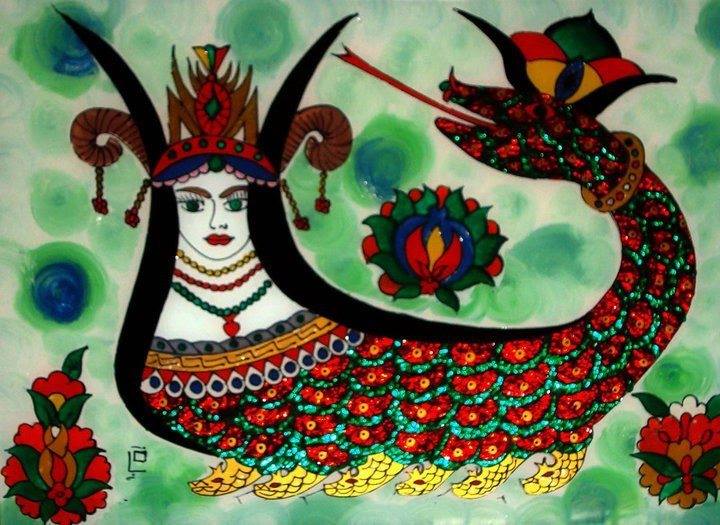
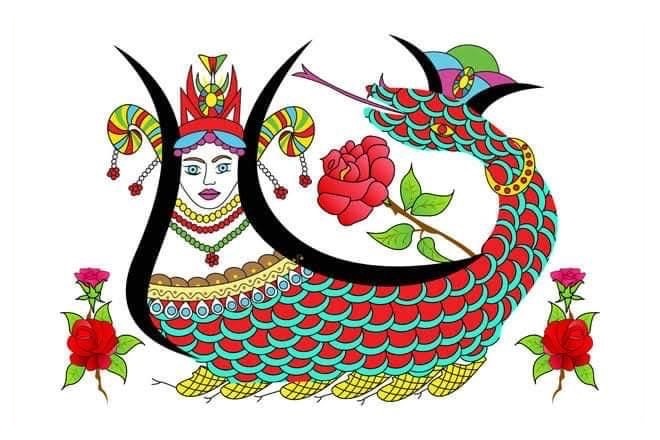
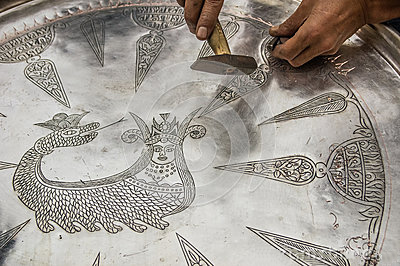
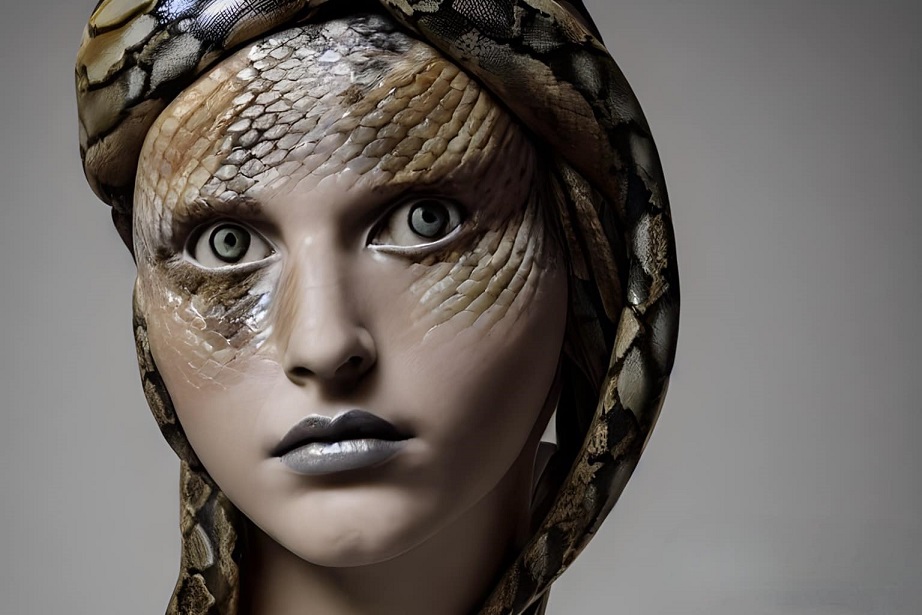
Şahmaran
The mythical creature from the kurdish mythology
Part Two
The first human Şahmaran encountered after a long time was a young man named Canşap.
Canşap got stuck in a cave after he tried to collect honey with a few friends, his friends left him alone in the cave. He decided to explore the cave and found a passage to a chamber that looked like a mystical and beautiful garden with thousands of snakes and there queen Şahmaran living harmoniously.
Şahmaran and Canşap falled in love and lived together in the cave chamber. She teached him about medicines and medicinal herbs. Through the contact with Şahmaran, Canşap's skin and body got changed, he became more and more like a snake.
Many, many years passes and Canşap missed living above ground. He asked Şahmaran for permission to leave the cave. Because shahmaran loved him so much, she sadly fulfilled his wish. As a farewell, Şahmaran gave him plenty of gifts and made him promise never to talk to anyone about her. In addition, Canşap was no longer allowed to visit a public bath because his long stay in the snake world has transformed his back skin into snake scales. The young man returned to his town and continues his life there.
Many years pass and the king of the Land becomes ill
To be continued
Digital art by Badd Dabb
PS: in some versions Şahmaram has two heads. A human and a snake head
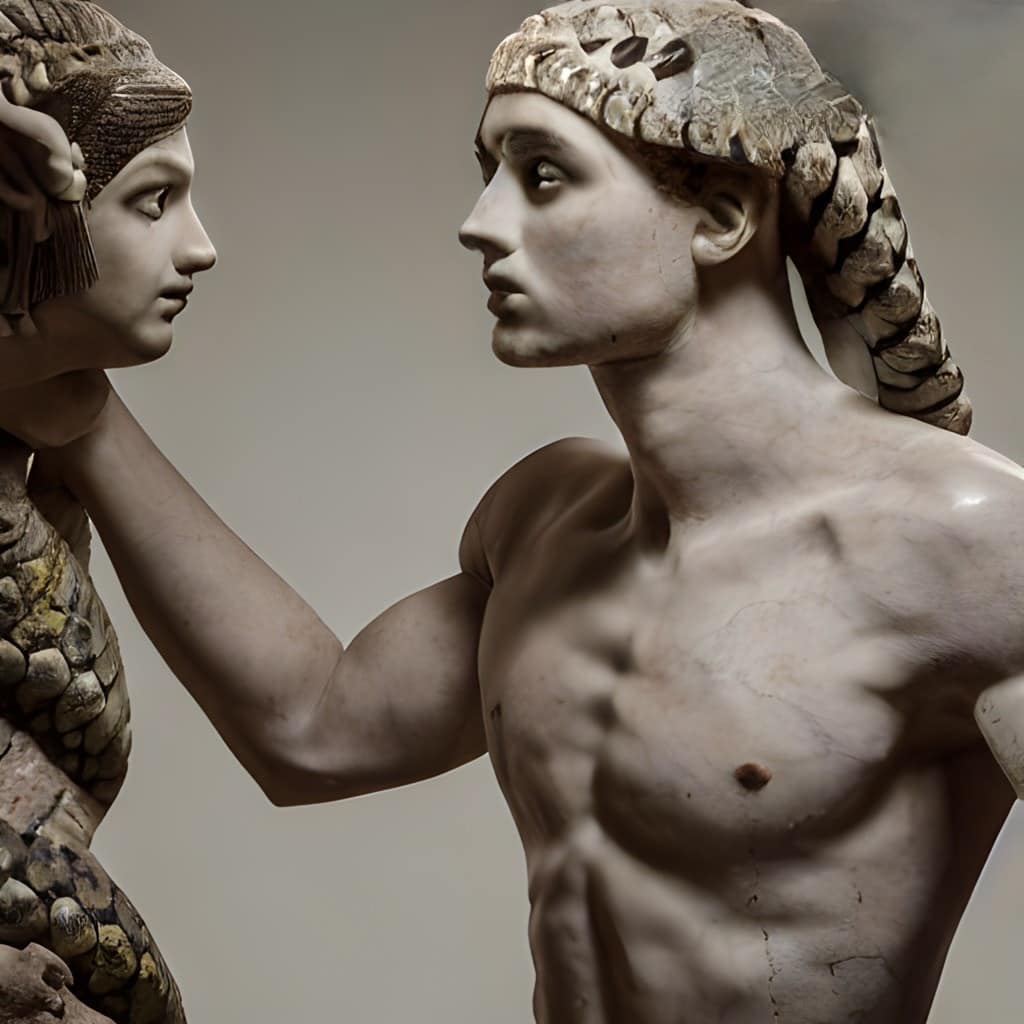
Şahmaran
Das Fabelwesen aus der kurdischen Mythologie
Zweiter Teil
Der erste Mensch, den Şahmaran nach langer Zeit ihrer Abwesenheit begegnete, war ein junger Mann namens Canşap.
Canşap steckte in einer Höhle fest, nachdem er versucht hatte, mit ein paar Freunden Honig zu sammeln, seine Freunde ließen ihn allein in der Höhle. Canşap beschloss, die Höhle zu erkunden und fand einen Durchgang zu einer gigantischen Kammer, die ein mystischer und wunderschöner Garten war. Hier lebten tausenden von Schlangen mit ihrer wunderschönen Königin Şahmaran.
Şahmaran und Canşap verliebten sich schnell in ein ander und lebten zusammen in der Welt der Schlangen. Şahmaran verbrachte viel Zeit mit Canşap und unterrichtete ihn die Lehre der Medizin und der Heilkräuter. Durch den körperlichen mit Şahmaran veränderten sich die Haut und Körper von Canşap so sehr und er wurde einer Schlange immer ähnlicher.
Viele, viele Jahre vergingen und Canşap vermisste das Leben auf der der Erdoberfläche und so bat er Şahmaran um Erlaubnis, die Höhle zu verlassen. Weil Shahmaran ihn so sehr liebte, erfüllte sie ihm traurig seinen Wunsch. Zum Abschied machte ihm Şahmaran viele Geschenke und nahm ihm das Versprechen ab, niemals mit jemandem über sie zu sprechen, außerdem durfte er kein öffentliches Bad mehr besuchen, weil sein langer Aufenthalt in der Schlangenwelt seine Rückenhaut in Schlangenschuppen verwandelt hat.
Canşap kehrte in seine Stadt zurück und lebte dort sein Leben ohne Şahmaran weiter.
Viele Jahre vergehen und der König des Landes wird krank
Fortgesetzt werden
Digitalart von BADD DABB
PS: In einigen Versionen hat Şahmaram zwei Köpfe. Ein Menschen- und ein Schlangenkopf
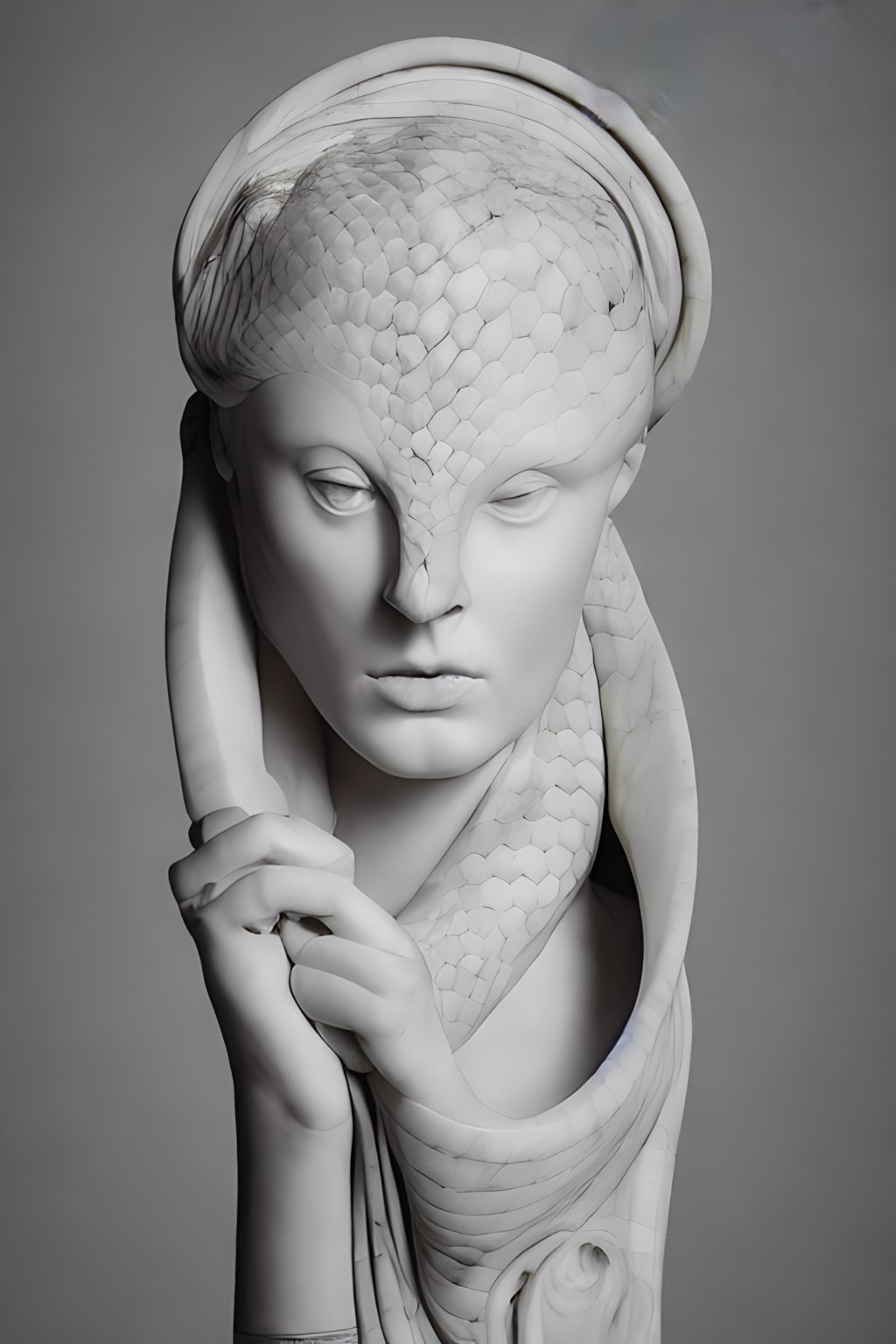
__________________________
KÜRD HALK HİKAYESİ ŞAHMERAN İLE İLGİLİ TARİHİ BİR BELGE
Şahmeran'ın Yüzüğü
- Kürdistan dağlarından bir hikaye
THE RING OF SHAH MARAN
- A Story From The Mountains of Kurdistan
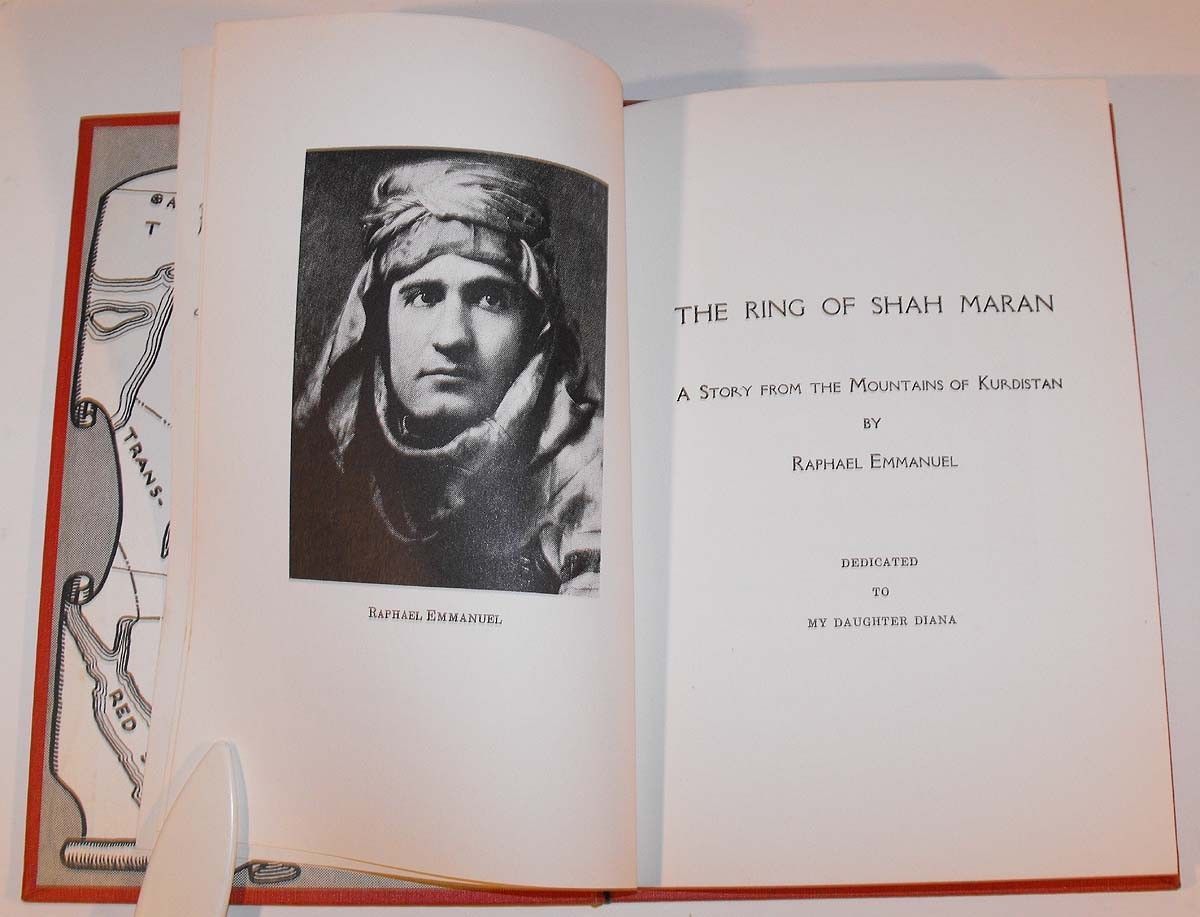
KÜRDİSTAN DAĞLARI'NDAN BİR HİKAYE
Turk-arab & fars işgal ve sömürgeciliği realitesi kürdün kendine inanma bilinç ve yetisini neredeyse tamamen köreltmiştir.
Yani ırkçı, inkarcı, asimilasyonucu turk-arab & fars işgali kürdü o kadar değiştirmiştir ki kürd artık kim olduğunu bile neredeyse unutmuş bir duruma gelmiş bulunmaktadır.
Şahmeran kürd halk hikayesinin ta 1800'lerde avrupalılar tarafından 'bir kürd halk hikayesi' olarak kayıt altına alındığını edebiyatla ilgilenenlere anlatıldığında hemen hemen neredeyse herkes böyle bir şeyin olamayıcağını çünkü Şahmeran hikayesinin Tarsus dolaylarında anlatıldığını ve kürd edebiyatı olamayacağını söylüyor. Şahmeran hikayesi bir tarafa, Tarsus'un tarihi Kürdistan toprakları olduğu gerçeğini de tabii ki unutmuş durumdalar. Hatta koskoca Kafkas Kürdistanı'nı ve üzerinde yaşayan milyonlarca kürdü ile beraber unutan bir zihniyet Şahmeran hikayesinin bir kürd halk hikayesi olup olmadığıyla nasıl ilgilenebilir diye bir soru geliyor o zaman adamın aklına çok haklı olarak..
Bu lanetli ıkçı işgalci sömürgeciler bizi o kadar çok değiştirip başkalaştırmayı başarmışlar ki artık nereden geldiğimizi, kim olduğumuzu bize unutturup, kendi kendimizden bile şüphe edecek bir duruma düşürülmüş durumdayız.
Yeni bir uyanış dalgası ile bu derin gaflet uykusundan uyanmazsak bu işin sonu hiçte iyi bir yere varacağı görünmemektedir.
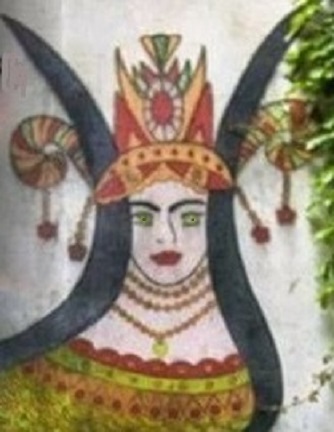
Şahmeran - Kürd Mitolojisi
Bu mitolojiyi acemler (farslar) de sahiplenmektedir.
Hikaye Kürdistan'da geçmektedir.
1940'llarda yayımlanmış ''Şahmeran'ın Yüzüğü - Kurdistan'dan Masallar'' kitabında da geçmektedir.
Şahmeran figürü bir zamanlar hemen hemen her Kürd'ün evinde asılı bulunurdu.
Arkadaşları tarafından ihanete uğrayan ve kuyunun dibinde yalnız bırakılan fakir bir kürd gencinin kuyu içinde ufak bir ışık görüp elleriyle kazı yapınca Şahmeran'ın büyüleyici dünyasıyla tanışmış.
Efsaneye göre yılanlar hala Şahmeran'ın öldüğünü bilmemekteler. Şahmeran'ın ölümünü öğrendiklerinde dünyayı saracaklar.
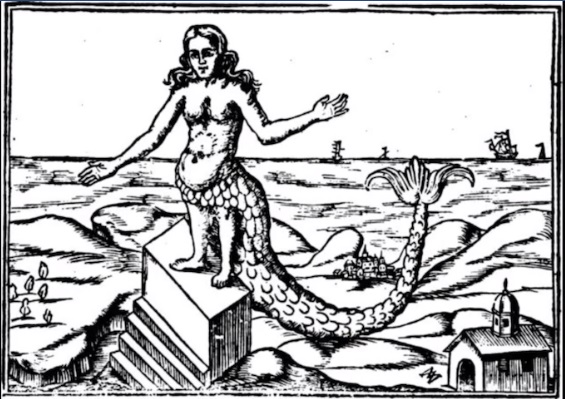
Wêneyeke Şahmeranî (nêvî mirov-nêvî rawir) ji çand û toreya biyanî
SHAMARAN KURDISH FOLK TALE MOTIVES
XAMARAN
- La reina de les serps
SHAMARAN TALBOK - Svenska
ŞAHMERAN HEMÛ PIRTÛK BI KURDÎ (Kurmancî)
SHAMARAN HELA BOKEN PÅ SYDKURDISKA (Sorani)